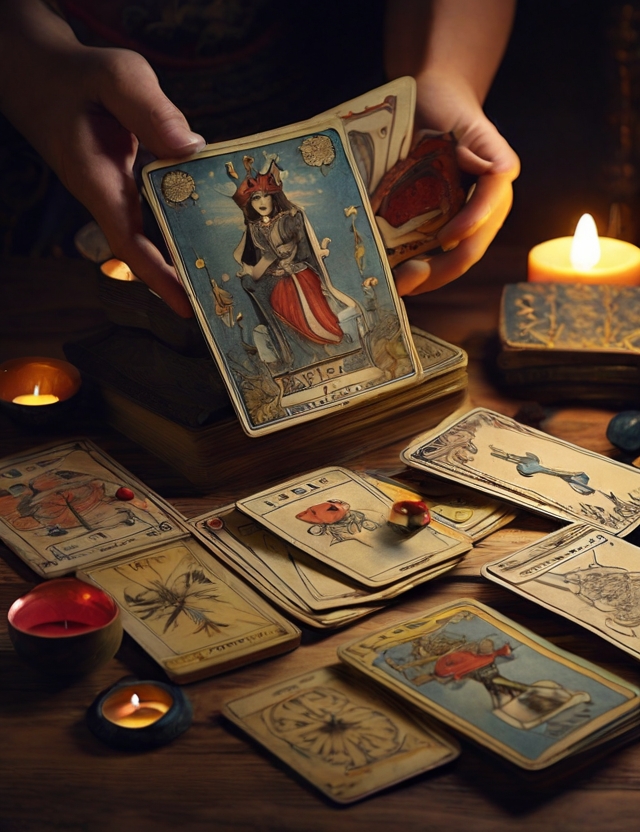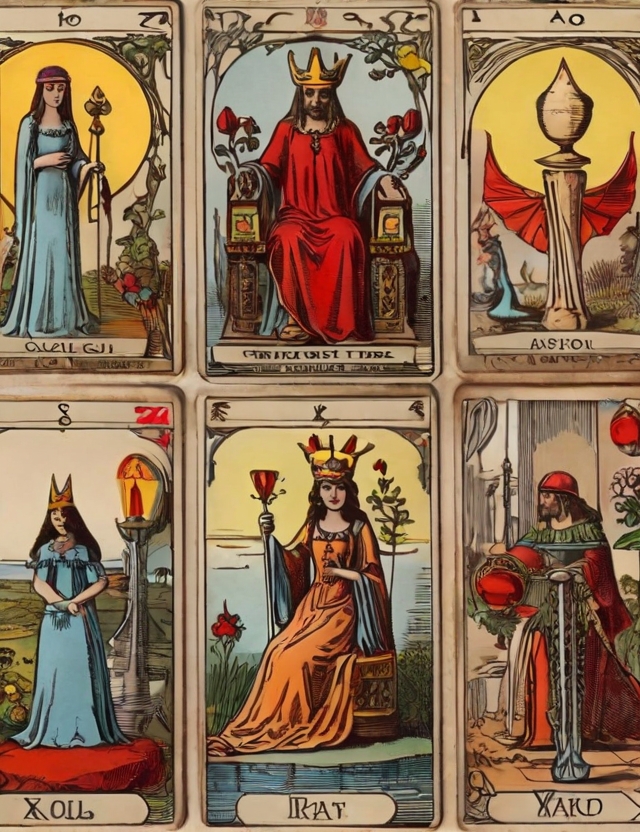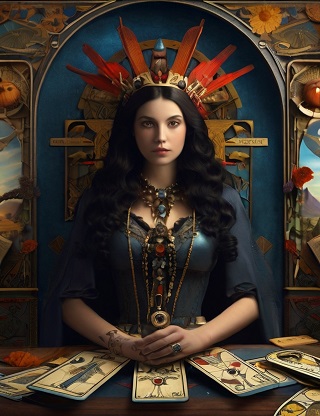Tarot Cards Online
The Tarot is a deck of 78 cards used for divination and fortune-telling. Each card has symbolic images and archetypal significance. With the rise of the internet, Tarot readings and card meanings are readily available online through apps, websites, and YouTube tutorials. While some use online Tarot only for entertainment, others take it seriously for spiritual guidance. Caution is advised when getting free online readings from amateur «readers». For important questions, consult a professional Tarot advisor offline.
Tarot Cards List
The 78 cards are divided into two sections. The Major Arcana has 22 cards representing archetypes like The Fool, The Lovers, and The World. The Minor Arcana has 56 cards in four suits — Wands, Cups, Swords and Pentacles. Each suit ranges from Ace to 10, plus four Court Cards — the Page, Knight, Queen and King. Traditional Tarot decks follow the Rider-Waite system created in 1909 by A.E. Waite and Pamela Colman Smith.

Tarot Cards: Meaning
In a reading, cards are drawn randomly and arranged in a spread. The reader interprets each card’s symbolic meaning in relation to its position and the question asked. Upright cards have a straightforward meaning. Reversed cards signify blocked energies. For example, the Lovers upright represents partnerships and choices. Reversed, it signals disharmony and confusion about relationships. Interpretation requires intuition and study of traditional card meanings.
Tarot Cards Fortune Telling
While Tarot began as a card game in 15th century Europe, it evolved into a tool for occult divination by the 18th century. When used to predict the future, the cards reveal likely events and guidance based on the present path. However, the future is not set in stone. The cards empower the individual to make informed choices. A poor reading can warn that the current path leads to failure unless conscious changes are made.
Who Shouldn’t Use Tarot Cards
Tarot should be avoided by those looking to harm others, by emotionally unstable persons prone to obsession, and by minors without parental guidance. The cards amplify thought patterns — negative or positive. They are best approached with a clear, open mind and heart. Guidance, not prophecy, is the purpose.

Can You Read Tarot Cards for Yourself?
Yes, Tarot can be used for introspection and self-understanding. Shuffling your own cards focuses energies on your situation. As you learn the deck, subjective meanings arise. Pull a daily card for self-reflection. During important decisions, Tarot helps clarify thoughts. However, self-readings risk bias. For a balanced perspective, occasional readings from an experienced advisor are recommended.
When Should You Avoid Reading Tarot Cards?
Avoid readings when emotionally exhausted or upset. Strong biases will corrupt the results. Also refrain after heavy drinking or drug use. A mentally clear, emotionally centered state allows true guidance to emerge. Rushing the process leads to confusion. Set aside at least 15 minutes for a proper reading with time to reflect on the meanings. Don’t become dependent on daily Tarot use. Moderation and detachment are advised.
Tarot requires responsibility, prudence and wisdom. Used properly, it is a valuable tool for spiritual development and direction in life’s mysteries. Consult the cards with respect and an open heart.
